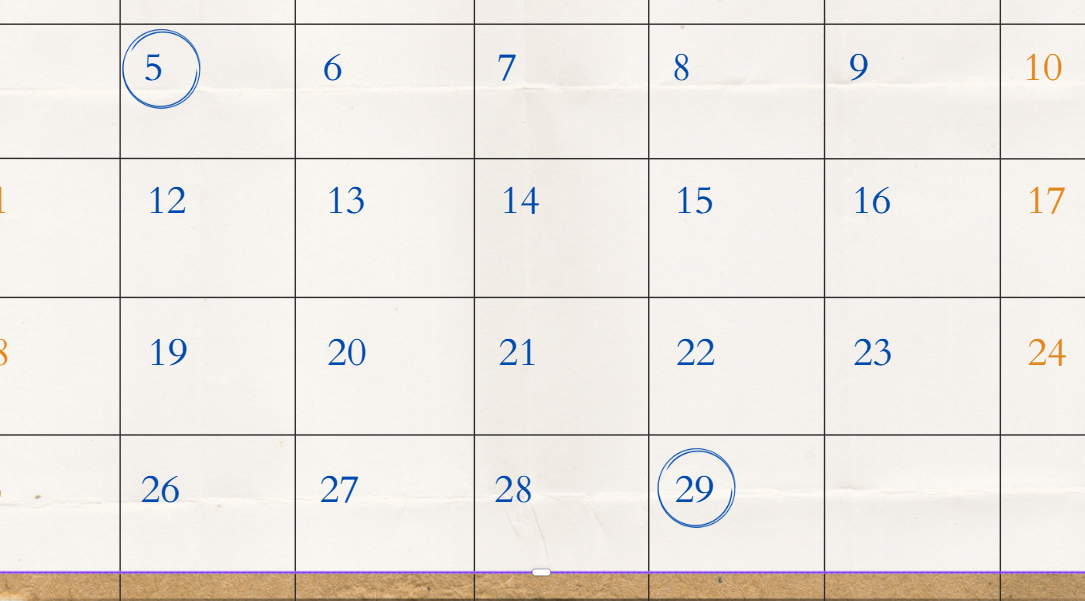Every four years, February is extended by one day. Why there are leap years—and why employers can’t look forward to 2024 of all years.
Why are there leap years?
Every four years, the year is extended by one day, so February has 29 days instead of 28. There is a simple reason for the extension of the month: our earth needs exactly 365 days, 5 hours, 48 minutes, and 46 seconds to orbit the sun. This means that a solar year is almost a quarter of a day longer than a calendar year. However, because the calendar can only consist of whole days, the additional time must be compensated for. To ensure this, an additional day is added every four years.
Or, to put it another way, a year usually starts almost six hours too early. In a year, the difference is hardly noticeable. However, if we were to do without the leap year, the calendar would be a whole day early after four years and even a whole month early after a hundred years. If this were to continue forever, it would soon be the depths of winter in July.
If you have been paying attention, you will have noticed that the year is not exactly six hours too long. The little trick with the leap year has, therefore, only mitigated the “calendar deviation”; every 120 years, there would still be a missing day. The creators of our calendar also understood this and established two additional rules:
No “even” hundred years can be a leap year: This pushes the calendar error down to one missing day every 457 years.
Exceptions to this are all years that can be evenly divided by the number 400: This brings the calendar error down to one day off every 3225 years.
What is it like in other cultures?
There are also leap years in Islam. The Islamic lunar calendar, consisting of 354 days, has the same problem as our solar calendar – the lunar year is also not exactly 354 days long, but 354.37 days. For this reason, a leap day is inserted from time to time according to a very complicated rule. Having a month with exactly 29 days, on the other hand, is quite normal for Muslims; this is the case every other month. This also explains why Ramadan moves around in the calendar.
But it only gets really complicated in Judaism. There, the solar and lunar calendars are combined (the lunisolar year). It is actually a lunar calendar by nature, but a trick is used to synchronize it with the solar year. This trick is called the meton cycle – and nothing makes it clearer how wonderfully uncomplicated our leap year system really is. After all, leap days are not enough in the Jewish calendar; they have to be whole leap months.
The Meton cycle combines 19 years, twelve of which comprise twelve months and the remaining seven 13 months. Years with twelve months are between 353 and 356 days long, while years with 13 months have between 383 and 385 days. As previously mentioned, it’s complicated (you can find out more here ).
What happens if my birthday is on February 29?
People who have a birthday on February 29 can rejoice: This year, they can celebrate on their actual birthday. In non-leap years, this is usually postponed to March 1. In purely legal terms, this day is also decisive, for example, when it comes to criminal responsibility, legal capacity, or coming of age.
There have always been curious occurrences around the leap year. For example, 1582 was the shortest year in the history of time. At that time, in the 16th century, the Gregorian calendar (named after Pope Gregory XIII) was introduced. To make it compatible with the new leap day rule, ten days had to be dropped. As a result, October 15 followed the 4th.
The city of Anthony in the US state of Texas is known as the leap year capital. The special feature around February 29 is used for a four-day party, which can be traced back to Mary Ann Brown and Birdie Lewis. Both had birthdays on February 29 and decided to make a big party out of it at the end of the 1980s.
In Greece, many people are rather skeptical about the upcoming leap years. This is one of the reasons why people wanting to get married queue up at the end of December to say “I do”.
- hp/spiegel.de/picture: canva.com
This post has already been read 3047 times!



